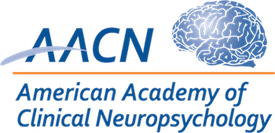Learning Objectives:
- Discuss why neuropsychologists should know the symptoms of impulse control disorders.
- Discuss which medications place patients at risk for developing impulse control disorders.
Larson, E. R. (2015). Neuropsychological Findings in a Case of Punding Before and After Cessation of Pramipexole. The Clinical Neuropsychologist, 29(1), 166-178.
